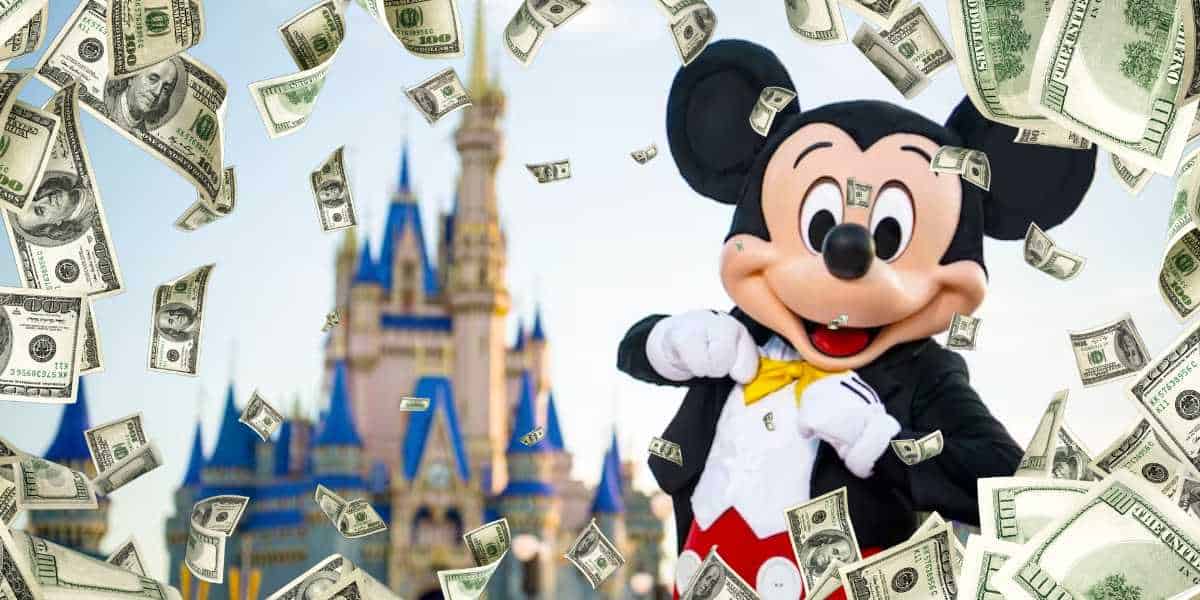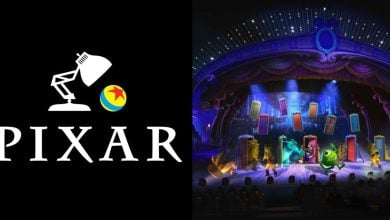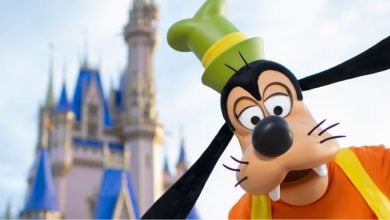Declining Status of Disney World as an Employer
Disney World has long been considered a magical place, not only for its visitors but also as an employer.
However, recent rankings from U.S. News and World Reports reveal a troubling trend: Disney World fails to make the list of the 25 best workplaces in Florida.

This is a significant shift for the world’s largest single-site employer, which boasts over 77,000 cast members. The report assessed various factors like quality of pay, work-life balance, and opportunities for professional development, giving Disney World low scores across these categories.
Many employees at Disney World express dissatisfaction regarding key issues in their workplace. Working conditions, particularly post-pandemic, have become increasingly stressful. The introduction of unruly guests and a lack of essential support have diminished job satisfaction. While the allure of Disney remains strong, the perceptions surrounding it as a desirable workplace have waned, especially compared to other employers in the state.
Worker Benefits vs. Employee Satisfaction
Disney World offers its cast members a starting wage of $20 per hour, significantly above Florida’s current minimum wage of $13. Additional perks, such as free park entry and discounts on merchandise and accommodations, initially made working there appealing.

However, the impact of inflation has eroded these benefits. Many employees find their pay raises do not keep pace with living costs, diminishing their income and overall job satisfaction.
Housing has also become a growing concern for Disney World cast members. Affordable housing options are scarce, complicating life for individuals who contribute to the magic of Disney. As other Florida companies align their employee benefits with the rising cost of living, Disney World struggles to maintain its competitive edge in workplace satisfaction.
Competitive Landscape for Top Employers
The U.S. News and World Reports rankings showcased several companies that have successfully captured the satisfaction of their employees. Local favorites such as Publix, Westgate Resorts, Margaritaville, and Hard Rock Hotels and Restaurants were among the top ten list. Their success can be attributed to various factors, including fair pay, supportive work environments, and strong benefits programs that prioritize employee well-being.

These companies have taken proactive measures to ensure employee satisfaction, differentiating them from Disney World. With the trend moving towards more significant consideration for workplace culture and employee needs, the future outlook for Disney World’s employment brand appears uncertain unless they can address the rising concerns of their cast members.
Effects of Pandemic on Worker Experience
The COVID-19 pandemic has dramatically altered the work environment, bringing significant challenges for Disney World employees. Many cast members are still grappling with the aftereffects of increased workloads and heightened stress as the demand for service at the park remains consistent. Reports indicate that a once vibrant workplace has turned into a scene marred by frustration and conflict, leading to diminished morale among employees.

As Disney World navigates these hurdles, it faces long-term implications for employee retention and recruitment. The magical allure may no longer be enough to attract and maintain talent, especially when potential employees look elsewhere for more favorable conditions. The recent rankings shed light on a critical lesson for Disney: workplace culture plays a pivotal role in employee satisfaction. Unless meaningful changes are made, the iconic employer risks becoming a footnote in the competitive landscape of Florida’s job market.
In conclusion, Disney World’s fall from grace in employee satisfaction rankings highlights the challenges of balancing benefits and real-life workplace experiences. As U.S. News and World Reports continue to reflect public sentiment, the iconic employment status of Disney World may take considerable effort to reestablish.





